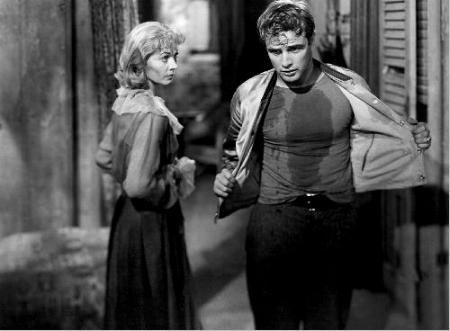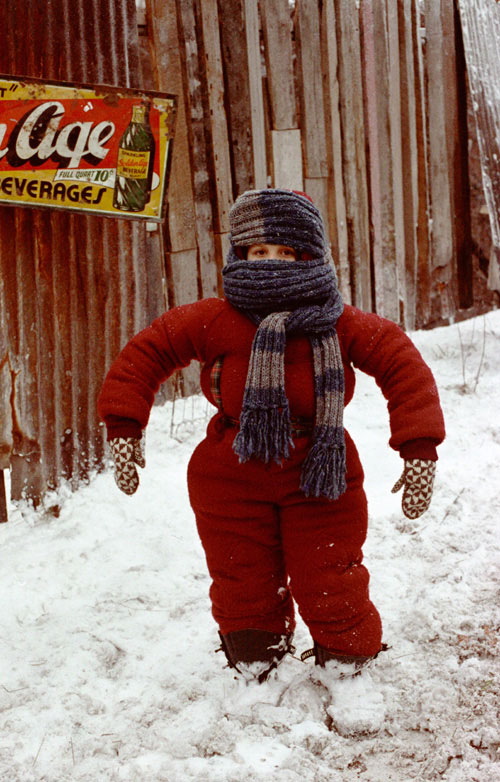Tennessee Williams sets as the backdrop of Streetcar Named Desire the New Orleans’s French Quarter in the summertime. A time when the combination of heat and humidity is oppressive. By the end of the morbid play, Stanley, Stella, and Blanche all dwell in a place of mental suffering and instability. As someone who has spent the summer in New Awlins, I really wish I had visited in winter. On the other hand, the extreme cold is a big old bucket of no for me. While working on my Ph.D. in Boston, I spent most of the time wishing I was in New Awlins. And by extreme cold, I mean anything less than 40˚F. My friend from Florida, also a Southern Boy, can’t survive at less than 60˚F. So basically, when it gets really hot or cold…I just want to die. Apparently, I’m not the only one.

Examining data temperature data from NOAA and monthly mortality estimates from the Vital Statistics, Ulla Larsen analyzed the correlation between the two from 1921 to 1985 in six states–Massachusetts, Michigan, Washington, Utah, North Carolina, and Mississippi. Larsen found that warmer than usual temperatures in the middle of the summer, and unusually cold temperatures in the earlier part of the year, were linked to higher mortality. In January and February, mortality is especially affected by unusually cold weather in the southern states of Mississippi and North Carolina. Of course this finding makes particular sense to me.
However, some of this pattern may be weighted by older data. For example, a 1˚ drop in the mean temperature in 1921 is associated with almost a 4% increase in the February death rate in Mississippi and North Carolina and a less than 1% increase in the four other states examined. In the months from January to March the relationship between monthly fluctuations in the crude death rate and temperature declined over time and became relatively weak by 1985. Take Mississippi,
For instance, on average a one degree Fahrenheit drop in the temperature from November to February in Mississippi was associated with a decline in the February crude death rate of 3.8% (60 deaths) in 1921, 2.4% (55 deaths) in 1940, and 1.3% (28 deaths) in 1960, while by 1985 the relationship between mortality in February and temperature vanished.
Considering that the two poorest states in the study saw the greatest impacts, and those impacts declined over time, point to socioeconomic factors causing this relationship. Over time better and more affordable clothing, housing, medical care, and HVAC systems became more prominent.

Now if science could just figure out why Southerners air condition their homes to 60˚F in the summer while heatin’ their homes to 80˚F in the winter.
